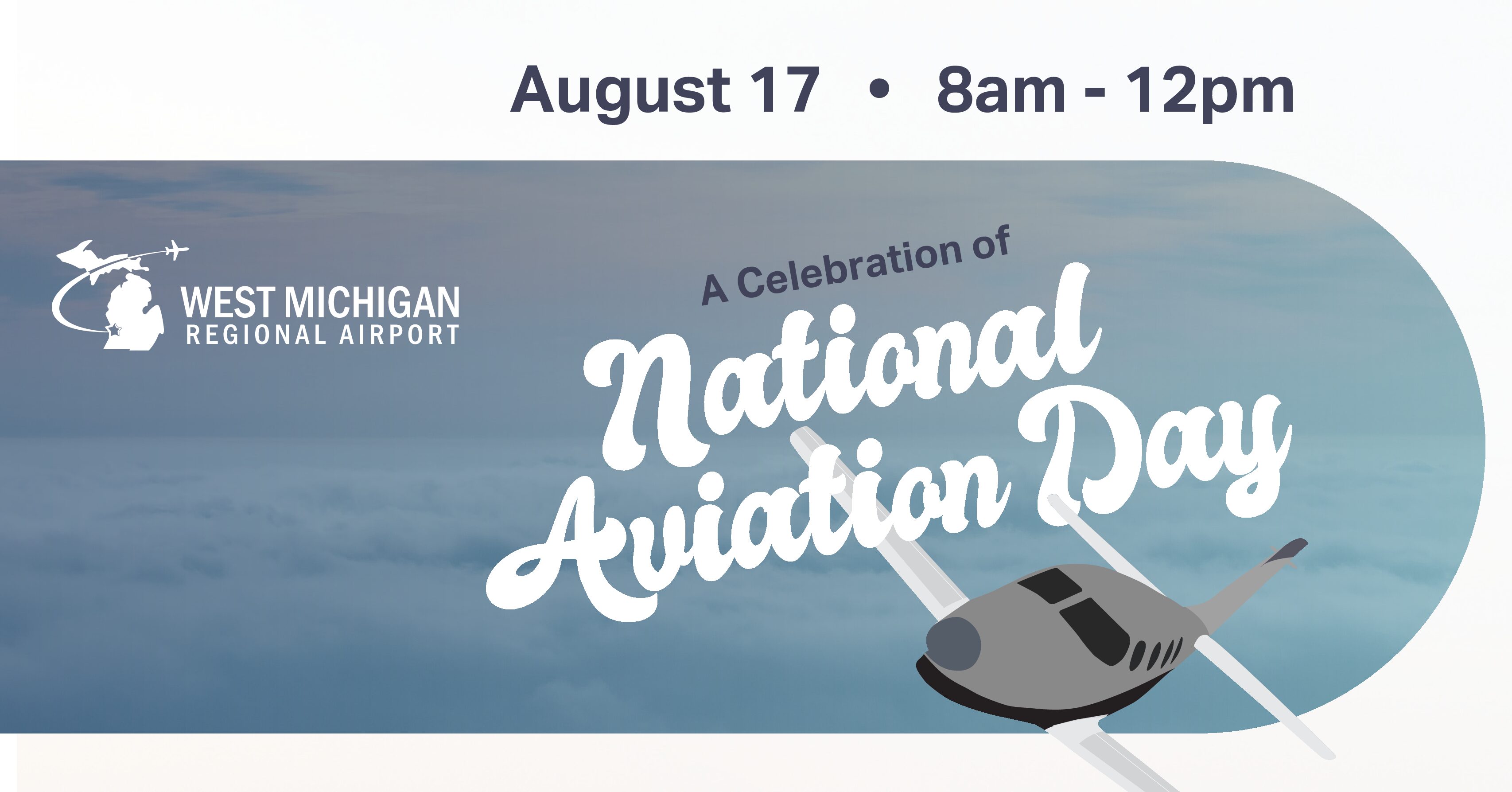Whatever the Weather
As part of a collaboration between Central Michigan University and University of Illinois, researchers recently installed advanced weather monitoring equipment at West Michigan Regional Airport (WMRA) to study how air from over Lake Michigan changes as it moves from water to land and affects weather patterns.
This installation gathers a unique dataset previously unstudied by scientists. “The Great Lakes region is so interesting and important for weather and climate studies. Anything we learn here impacts forecasts everywhere,” said Dr. David Kristovich, Head of the Climate and Atmosphere Science Section in the Prairie Research Institute at the University of Illinois at Urbana-Champaign.
Watching the Sky
Because West Michigan Regional Airport sits in an area where the atmosphere changes rapidly, the weather measurement equipment provides an opportunity to better understand these changes to the air and how to better predict storms in these areas. WMRA’s existing Automated Surface Observing System (ASOS) measuring systems which gives pilots and airport staff local weather conditions also provides additional data for the project.
The new equipment will gather data at the airport from August 11-24. Researchers are keen to study conditions that occur during this time of year when the lake is colder than the air above it. This difference in temperature creates a shallow stable layer of atmosphere that is hard to predict. Current models have great difficulty predicting weather for these conditions.
Advanced Equipment
Two main pieces of equipment have been temporarily installed at WMRA as part of this project. One is a high resolution sonic anemometer that measures wind direction and speed in 3D space, allowing researchers to collect data on the horizontal and vertical planes to increase accuracy and learn more about how the air changes as it moves across the airport. The other piece of equipment is a Doppler lidar that allows researchers to collect data about how air moves through the wider region from the lakeshore to the airport. Doppler lidar differs from typical Doppler radar in that it can capture movement of clear air using dust particles, allowing scientists to capture much more data. Most of the radar images you see on a weather station only capture data when it’s precipitating.
Two other anemometers have been installed in other locations as well as the Central Michigan University mobile mesonet (a vehicle with weather monitoring devices) which also captures real-time weather data in predetermined areas on land to support the project.
Partner with WMRA
“We’re proud to partner with our local science community to further understand our local climate,” said Airport Director Aaron Thelenwood. “This research not only benefits the research of our local universities, but also improves the lives of people in West Michigan and throughout the world through improved modeling and forecasting.”
Want to partner with the airport? Reach out!



